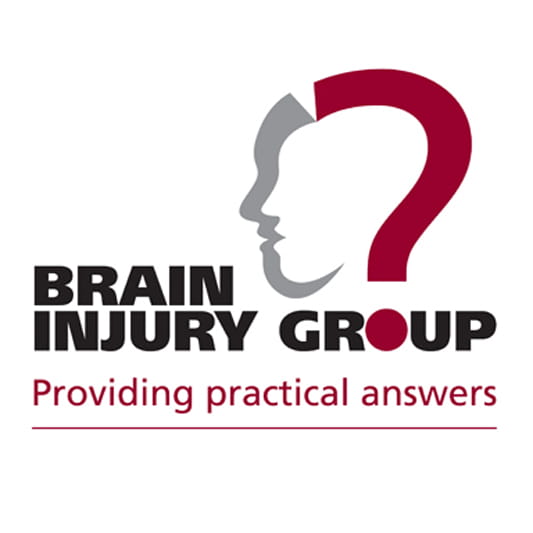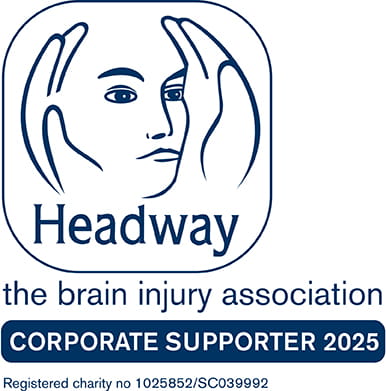The story
Pam Westwood, specialist clinical negligence solicitor, recently settled a claim for a client who suffered a permanent nerve injury to her right shoulder and dominant arm after undergoing keyhole surgery.
The details
Our client had a long history of kidney and bladder problems and was scheduled for a keyhole operation on her left side to remove a blockage between her left kidney and ureter, followed by reattachment of the ureter to the kidney, known as a pyeloplasty.
She had been in and out of the hospital with kidney problems after several alternative procedures failed to resolve her issues and was looking forward to resuming her normal life post-surgery. However, she experienced an unexpected outcome upon waking from the operation. When she tried to use her right arm, it felt strange, and she later noticed her right shoulder blade was sticking out.
The impact
The injury had a significant impact on our client’s life. She struggled with everyday tasks such as driving, picking up her children, and lifting heavy items. A few months later, she underwent nerve release surgery at a different hospital but continued to have problems using her right shoulder and dominant arm, prompting her to seek legal advice.
How we helped
Our client underwent a four-hour surgery, during which she was positioned on her right side to allow the surgeon access to her left kidney. It is the anaesthetist’s responsibility to ensure the patient is safely positioned and monitored throughout the procedure to prevent any harm. We engaged an expert anaesthetist to investigate the events of our client’s operation and determine whether all necessary precautions were taken to minimize the risk of injury.
It is well known that the position our client was in during her surgery carries a higher risk of injury to the brachial plexus, a network of nerves that transmits signals from the spinal cord to the shoulder, arm, and hand. An injury to the brachial plexus can result in symptoms such as electric shock-like sensations, numbness, weakness, and pain, significantly impacting daily life, as it did in our client’s case. Our expert identified several steps the anaesthetist failed to take to protect our client while she was in this position. We subsequently obtained expert evidence from a neurologist and peripheral nerve surgeon, which confirmed that our client likely suffered damage to the nerves in her right upper trunk area due to the anaesthetist’s failures during the surgery.
The Defendant denied any fault, arguing that our client had developed a rare condition called brachial neuritis (also known as neuralgic amyotrophy or Parsonage Turner Syndrome), which they claimed was not due to any negligence during the operation. The cause of brachial neuritis is unknown, although theories suggest it can result from a bacterial infection, which our client did not have at the time of her operation, or an autoimmune response. However, the number of patients who suffer brachial plexus injuries while lying in the same position as our client is significantly higher than the number of reported cases of brachial neuritis after surgery.
There were also several factual discrepancies in the Defendant’s arguments, making the evidence of the treating anaesthetist crucial to the case and to proving whether there had been negligence. However, shortly before the five-day trial in the High Court, the Defendant requested permission from the court not to call the treating anaesthetist to give oral evidence at the trial due to his ill health.
At the hearing, the judge agreed with our argument that the anaesthetist was the key factual witness in the case and that his evidence was critical to establishing a breach of duty. The Court also agreed that the medical evidence provided by the Defendant did not support their argument that this key factual witness was unfit to give evidence. Furthermore, we successfully argued that the Defendant had not considered or discussed with the witness or his treating doctor any special measures that could be used at the trial to assist him. The case settled out of court a few days later.
Pam Westwood comments;
“This was an extremely complex and challenging case. However, we fought for our client through the various difficulties the case presented, particularly the last minute application made by the Defendant. We worked collaboratively and through sheer perseverance and determination, we achieved the outcome my client very much deserves. My client has been through an extremely difficult ordeal and can now pay for the therapies and treatment that she needs to help her try and rebuild her life.”
Disclaimer
This information is for educational purposes only and does not constitute legal advice. It is recommended that specific professional advice is sought before acting on any of the information given. © Shoosmiths LLP 2025

















